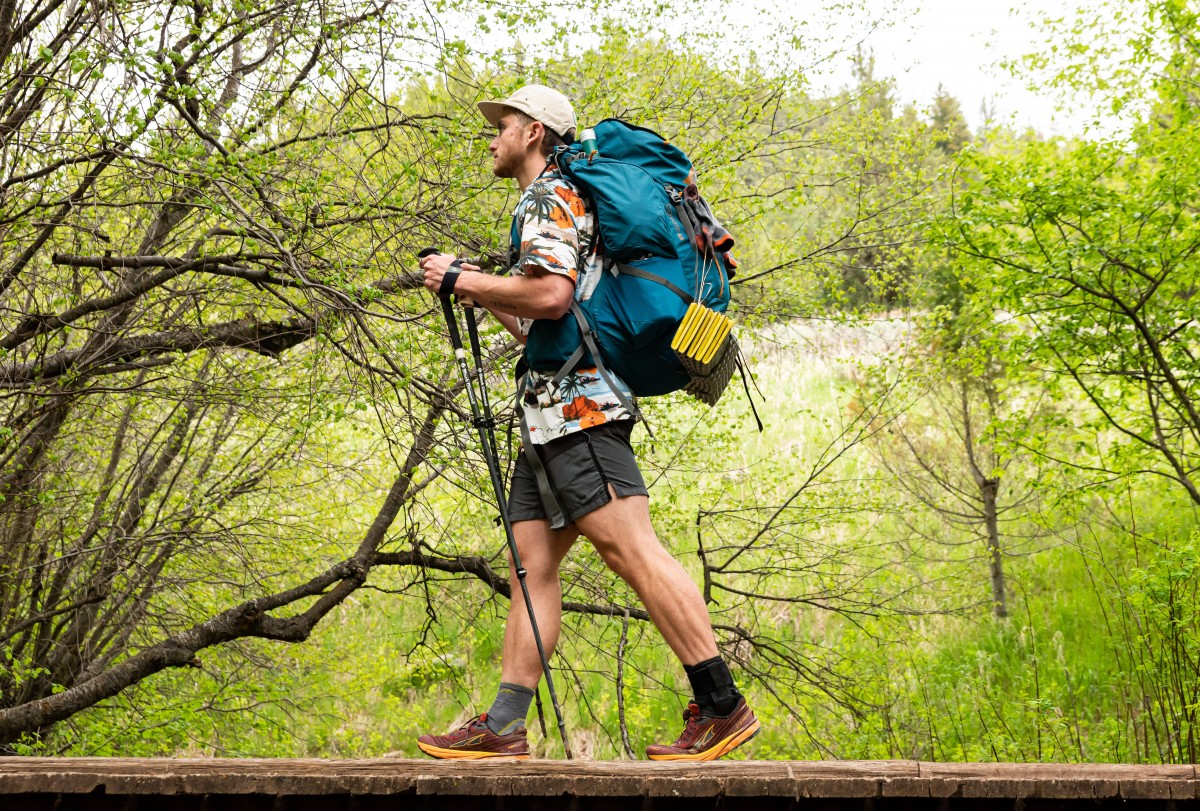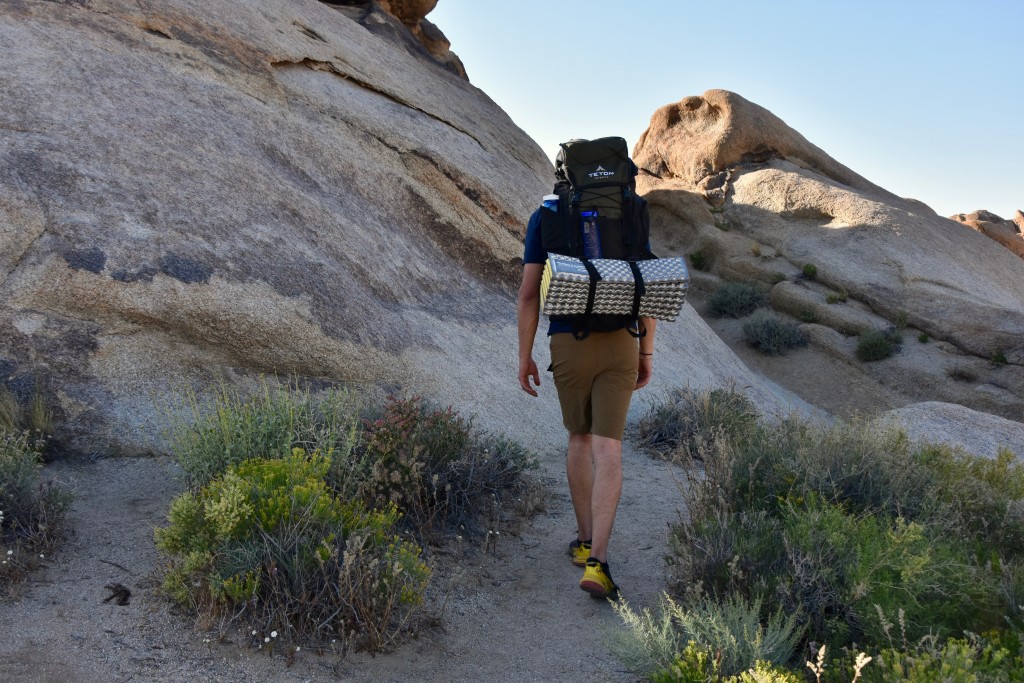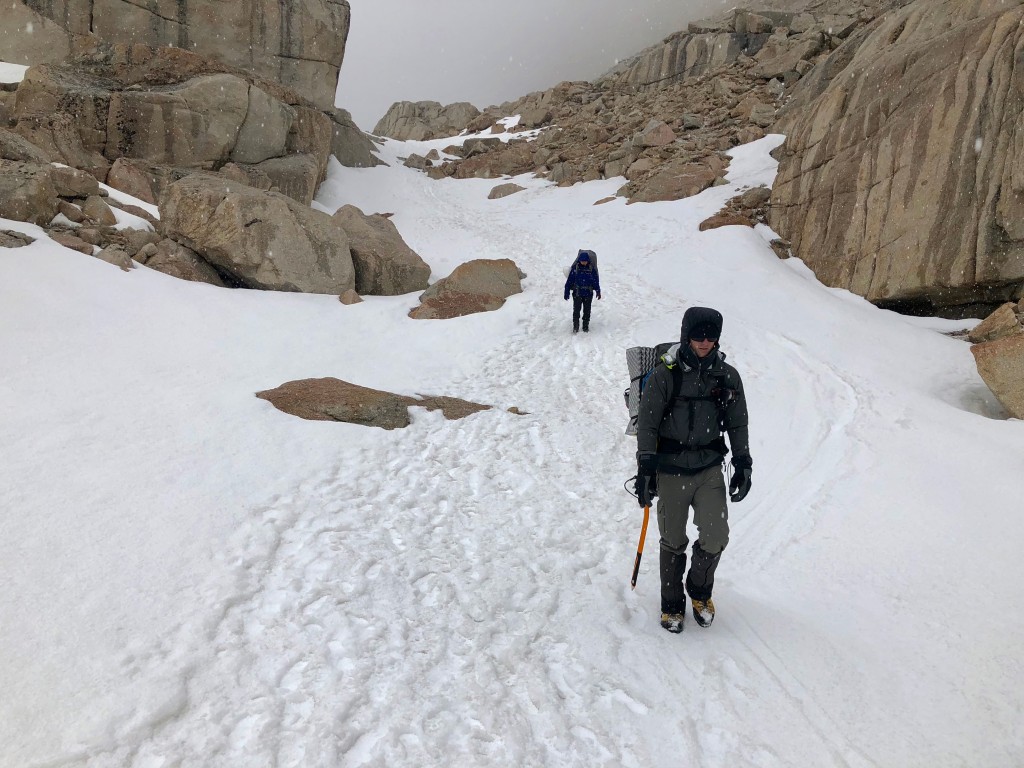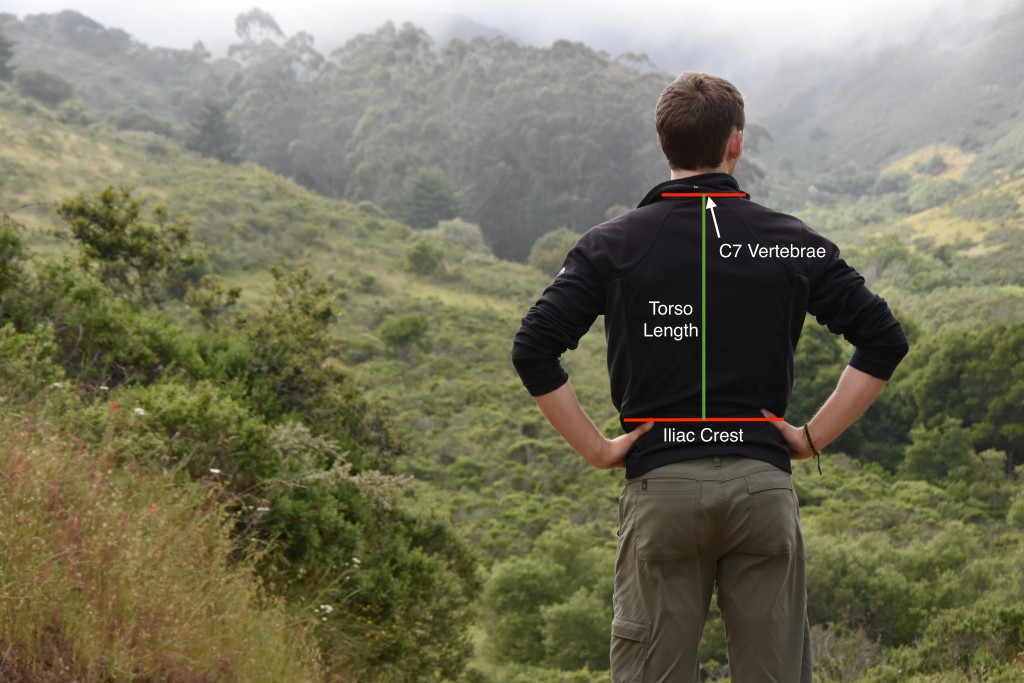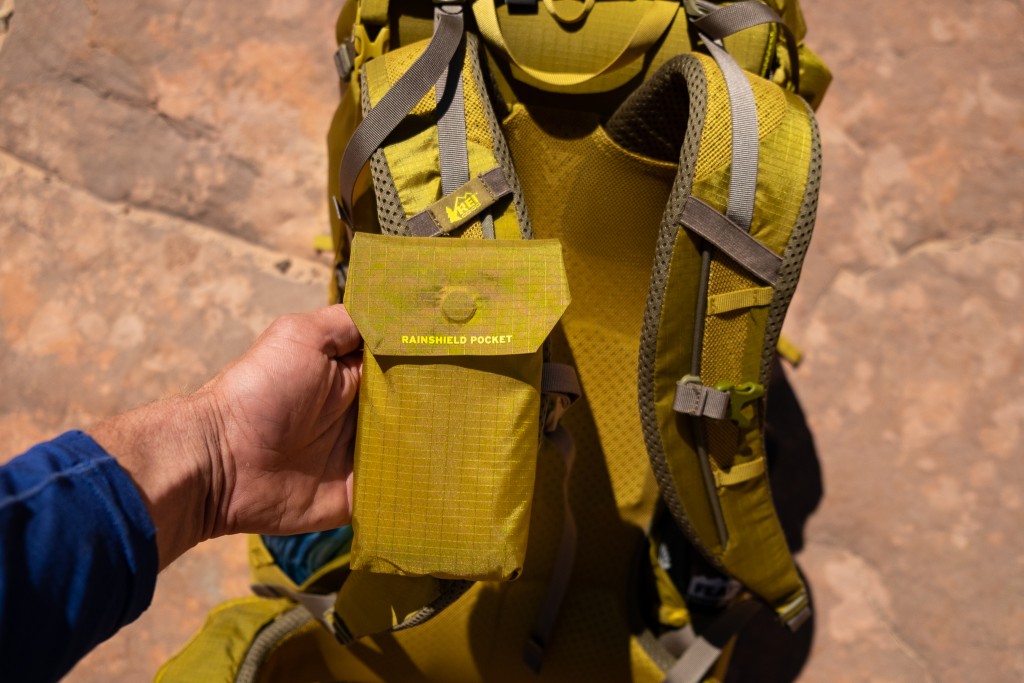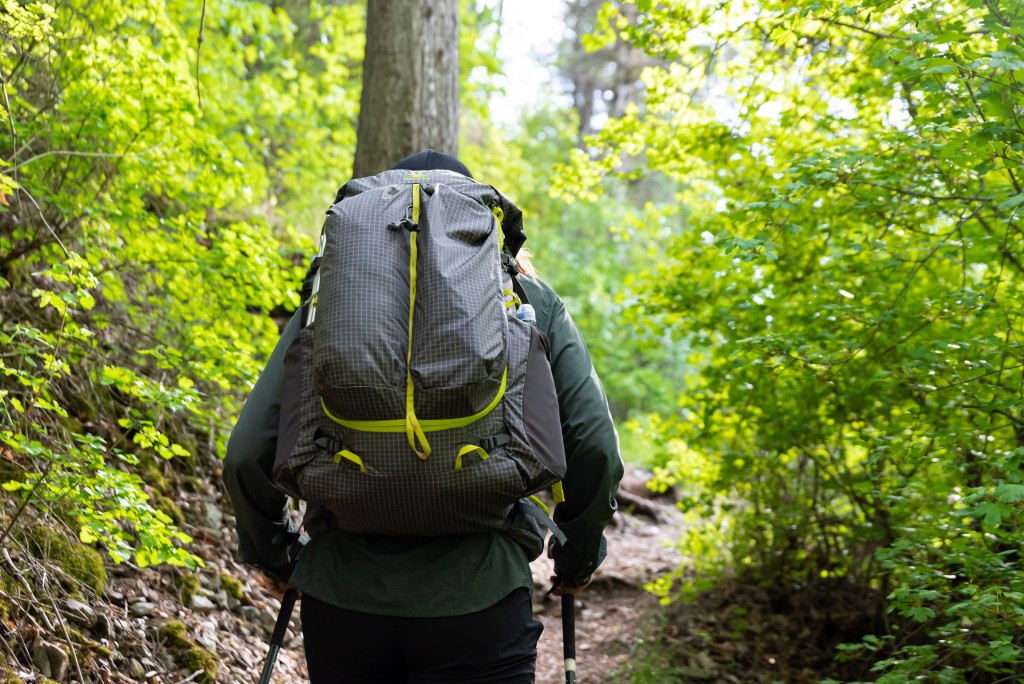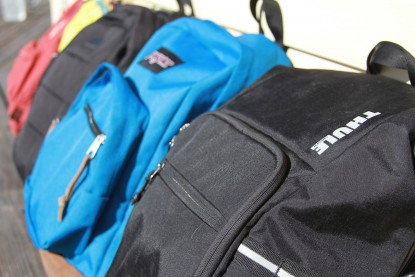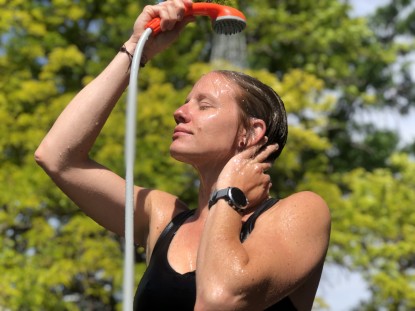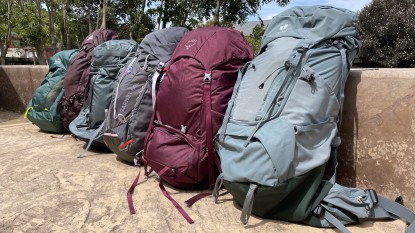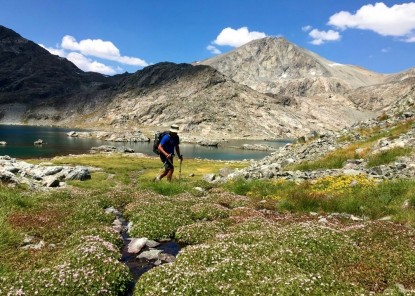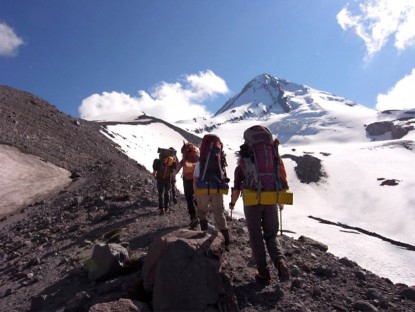A backpacking pack is one of the most important pieces of gear in a backpacker's closet. Without it, you really can't spend a night on the trail. But let's be honest, they're expensive. Luckily, we're here for people who want to hit the backcountry without the investment of a pricey pack. If you're reading this article, you want to know what to look for in one of these budget backpacks. Here, we talk about how to choose a pack in general, and what's different when that pack is wallet-friendly.
Evaluate Your Needs
Different types of backpacking can necessitate different styles of packs. It's important to decide what you will be using the pack for before picking one. Here we address some of the different types of backpacking and factors to consider.
Casual Backpacking
Beginners and casual backpackers typically stick to shorter trips with less distance. If you think most of your trips will be one or two-night ventures, then your needs in a pack will differ from those who plan more intense trips. Less time on the trail means less food and likely less gear. This means you can consider packs with smaller volumes and not worry about how comfortable a pack feels on day six of a trip. Our budget backpacks are great options for backpackers in this category.
Intermediate Trips
Will you be taking trips longer than a couple of days? Think about how much food and gear you will need for your adventures. You will need to make sure to pick a pack that is large enough for your needs, and you may want to pay extra attention to the organizational options. It's easy to lose gear after several nights of unpacking and repacking in the morning, so you want to pick a pack that has enough pockets for you to keep track of things. You'll also need to consider longer-term comfort and packs that can take on a heavier load.
Thru-Hiking
Thru-hikers take on the challenge of extended trips in the backcountry. Found on the Pacific Crest and Appalachian Trails as well as many others, these enthusiasts can spend months on the trail at a time. If you are planning a thru-hike, you will want to put a lot of thought into the pack that you use, since you will be carrying it every day for hundreds or thousands of miles. If that's the case, we recommend considering a pricier pack for additional comfort and features. You can find these packs in our best backpacking backpack review and women's backpacking backpack review.
Other Considerations
Do you plan on using your pack for other activities? Knowing your intentions is a key part of buying gear. If you plan on using this pack for mountaineering, then you'll need to make sure the pack has ice axe loops and can fit the extra gear. If you plan on using this pack for travel as well, you may want to select a different pack than if you're just backpacking. Ski trips, climbing approaches, and every different use of a pack can mean a need for different features. Budget backpacks can serve any of these purposes, but make sure to consider all of your needs when deciding on a pack.
Capacity
Backpack capacity is almost always measured in liters. Most manufacturers even include the capacity of a pack in its name, and one model often comes in several capacity options. Each type of backpack listed above can require a different sized pack. Your own packing style is also important. Typical backpacking packs range from 50 to 70 liters. If you're a light packer, you might be able to make a weeklong trip in a 50-liter pack. If you're going on a one-night trip but you want to bring all of your warmest gear, a bulky camera, and a hefty book, then you might need a little bigger pack. In the end, it all comes down to your needs and style. Though, we should note that it is generally easier to pack a backpack with extra room than not enough.
Sizing
A well-fit pack is vital for your backpacking experience. If your pack is the wrong size, it can be terribly uncomfortable, and will certainly be a purchase that you regret. The two measurements that matter the most when sizing a pack are waist size and torso length. Fortunately, many of the budget options come in only one size with a high degree of adjustability. Unfortunately, two size options usually cover a wider range of users than a one-size-fits-all pack. This means that if you are particularly tall or short, these packs might not be right for you. In our opinion, it's more important to select a properly fitting pack than it is to save a couple of bucks.
Torso Length
The length of your torso is the vertical distance between the C7 vertebrae and the top of your hips (Iliac Crest). To measure this, first, feel for the highest point of your pelvis on either of your sides. Imagine a horizontal line between these, and then find the distance to the vertebra that protrudes the most at the base of your neck. That distance is the length of your torso.
Pack manufacturers will list this as the frame or torso size for their packs and may provide sizing charts as well. Torso length is not always proportional to height, so make sure to find this measurement rather than guessing based on how tall you are.
Waist Size
Manufacturers will also provide the size of the waist belt. It is very important to find a pack that fits around your waist well, or else the weight of the pack will not properly transfer to your hips. Take it from us, it's better to find the right waist belt than buy a pack that's too loose on your hips. This leaves too much weight on your shoulders, and your body will not be happy after a couple days on the trail.
If you want more information on how to size a pack, check out instructions from pack manufacturers, such as this one from Gregory.
Extra Features
A pack must serve the basic purpose of getting your gear from point A to point B. Ideally, this is a comfortable process, but anything extra we consider to be a bonus. A simplistic pack, such as the Osprey Rook 65 focuses on just the basics. A more expensive pack, like the REI Co-op Flash 55 has several extra pockets, a water-resistant phone holder, and a host of other features which make it easier to use.
Typically, extra features mean a higher price. Within the spectrum of prices, we find that more expensive packs are easier to use. But you'll need to decide what you value in a pack more: price or practicality. Oftentimes, you can find excellent options in the middle, such as the affordable yet feature-filled Kelty Coyote 65.
Men's and Women's packs
If a pack fits right and fulfills your needs, it doesn't matter whether it was designed for men or women. Though, for many people, it is easier to shop in one of these categories, because women's packs tend to feature smaller frames and sometimes smaller capacities. Many packs come in men's and women's versions with slightly different names. For example, the Mountainsmith Scream 55 has a women's counterpart called the Mountainsmith Scream 50, both featured above. As we mentioned earlier, it's important to find a pack that fits, so these labels are just guidelines to make your choice easier.
Rain Covers
Most of the options in our budget backpack review come with rain covers included. These are a nice addition that can help keep your gear dry in a storm. Although don't expect these covers to offer 100% waterproofing. If you're in an absolute downpour for hours or days on end, your gear will likely still get wet. That being said, we would always rather have a rain cover than not.
Additionally, the packs with included covers also have designated pockets with a drainage hole. This is nice because it allows quick access for when it starts to pour, and it keeps the rest of your gear dry when you have to stuff the cover back in.
Conclusion
Picking a backpack is a difficult but important task. Take your time and don't rush to decisions, because your pack can be with you for many years. Especially for budget-conscious adventurers, a poorly chosen pack can be a waste of money. Think about what you are going to be using this pack for, how big of a pack you need, and what features you value. If these decisions fit one of the budget backpacks in this review, then it could be right for you. Make sure you try it on before making the final decision because you want to make sure it feels as good on you as it did on us. If you, however, decide that none of these packs fit your needs, then don't limit yourself to these options. Look for used packs or keep an eye out for sales; there are always other ways to maximize your money.

